Affiliate links on Android Authority may earn us a commission. Learn more.
Harmony OS: Everything you need to know about HUAWEI's Android rival
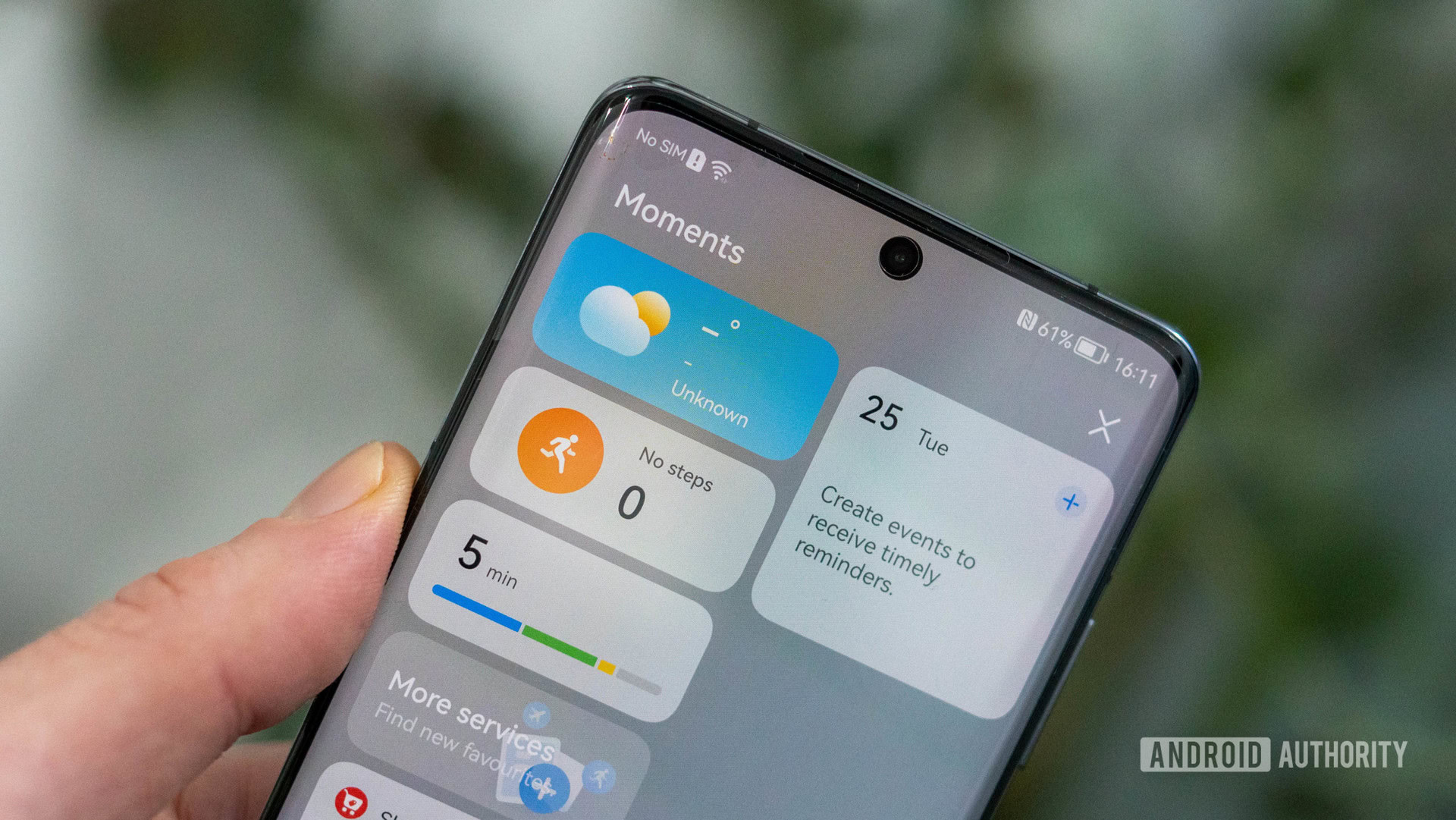
Every OEM has its own ways to make Android feel a little more personal. Samsung has its One UI, OnePlus has Oxygen OS, and Xiaomi has MIUI. However, HUAWEI has had to take a completely different approach to its mobile operating system. The company’s rocky relationship with Google and the United States has resulted in a whole new platform, fittingly called Harmony OS.
See also: The best HUAWEI phones you can buy
With HUAWEI’s continued troubles, you would expect a name closer to dis-Harmony OS, but the company isn’t worried about other Android devices. Instead, the operating system is all about widespread support across all of HUAWEI’s categories. We’ll get into what exactly that means and more in our Harmony OS guide.
Ready to learn about HUAWEI’s home-brewed software? Let’s get to it.
Harmony OS at a glance
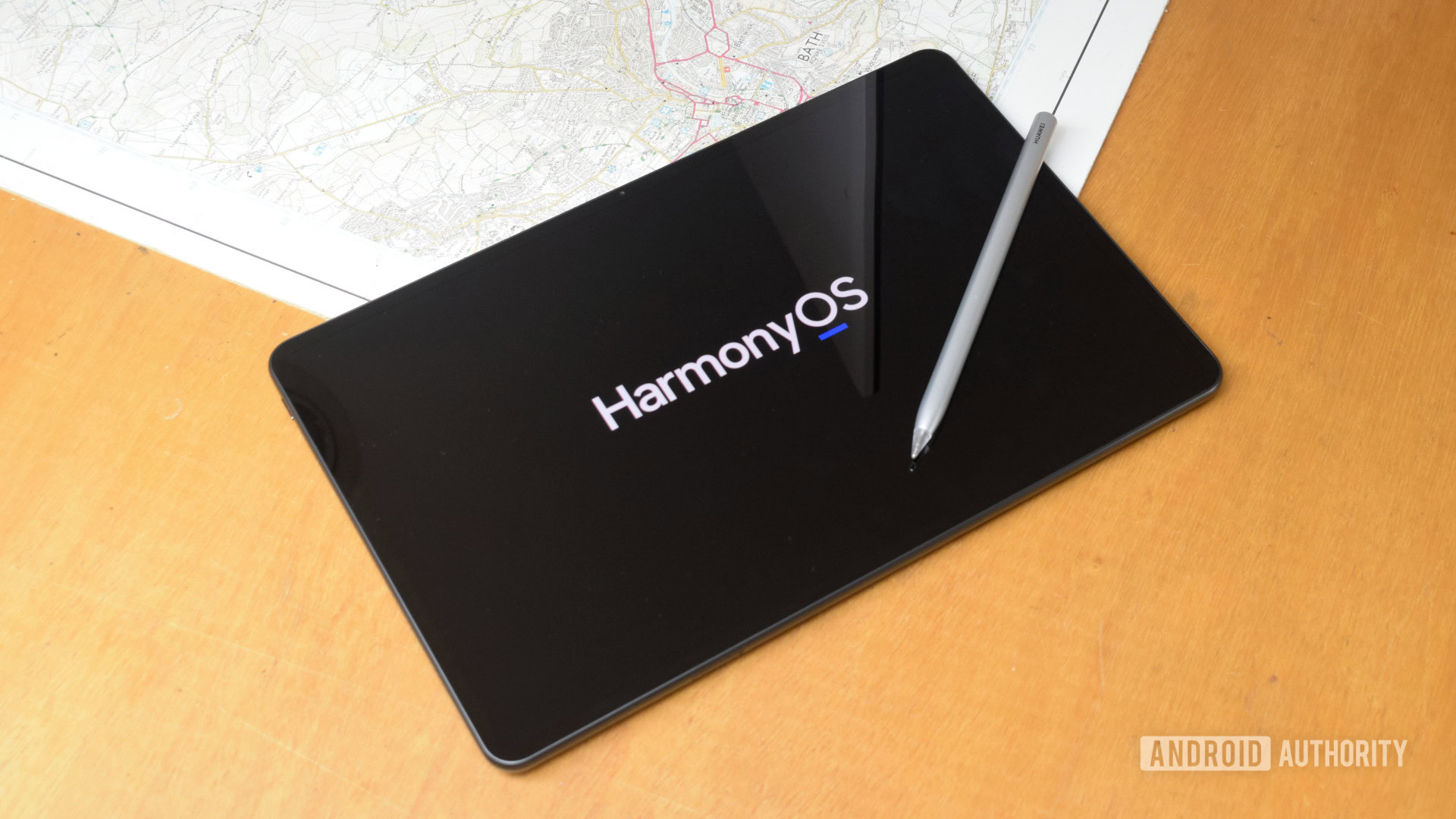
As mentioned above, Harmony OS is all about bringing devices from different verticals together under one umbrella. If you ask HUAWEI, the company will simplify its operating system to “a micro-kernel based, distributed OS for all scenarios.” Simple, right? Actually, not so much. The “for all scenarios” part means that Harmony OS isn’t so much an alternative to Android as it is an alternative to just about everything.
While Android offers different versions for phones, watches, and streaming devices, Harmony OS intends to be a one-stop-shop for all platforms. That means you can expect to find a matching set of features, apps, and support across the board. HUAWEI’s enhanced security features aren’t limited to the latest smartphones, and its Celia voice assistant helps to tie everything together.
Harmony OS hopes to be a one-stop-shop — taking on every operating system you can think of.
However, we haven’t reached global harmony quite yet. It appears that Harmony OS, or more specifically Harmony OS 2, is limited to China-based handsets. Our recent HUAWEI P50 Pro review featured EMUI 12 software, which is actually based on Android 11. Of course, if you picked up a P50 device in China, you’ll already have Harmony OS in your pocket, but the same can’t be said for global markets.
There’s every likelihood that a global version of Harmony OS will look and feel a lot like EMUI 12, which can be both good and bad. HUAWEI has excellent camera software and an extensive App Gallery, but its software is laden with ads and tends to be harshly restricted based on the user’s location.
The latest version of Harmony OS
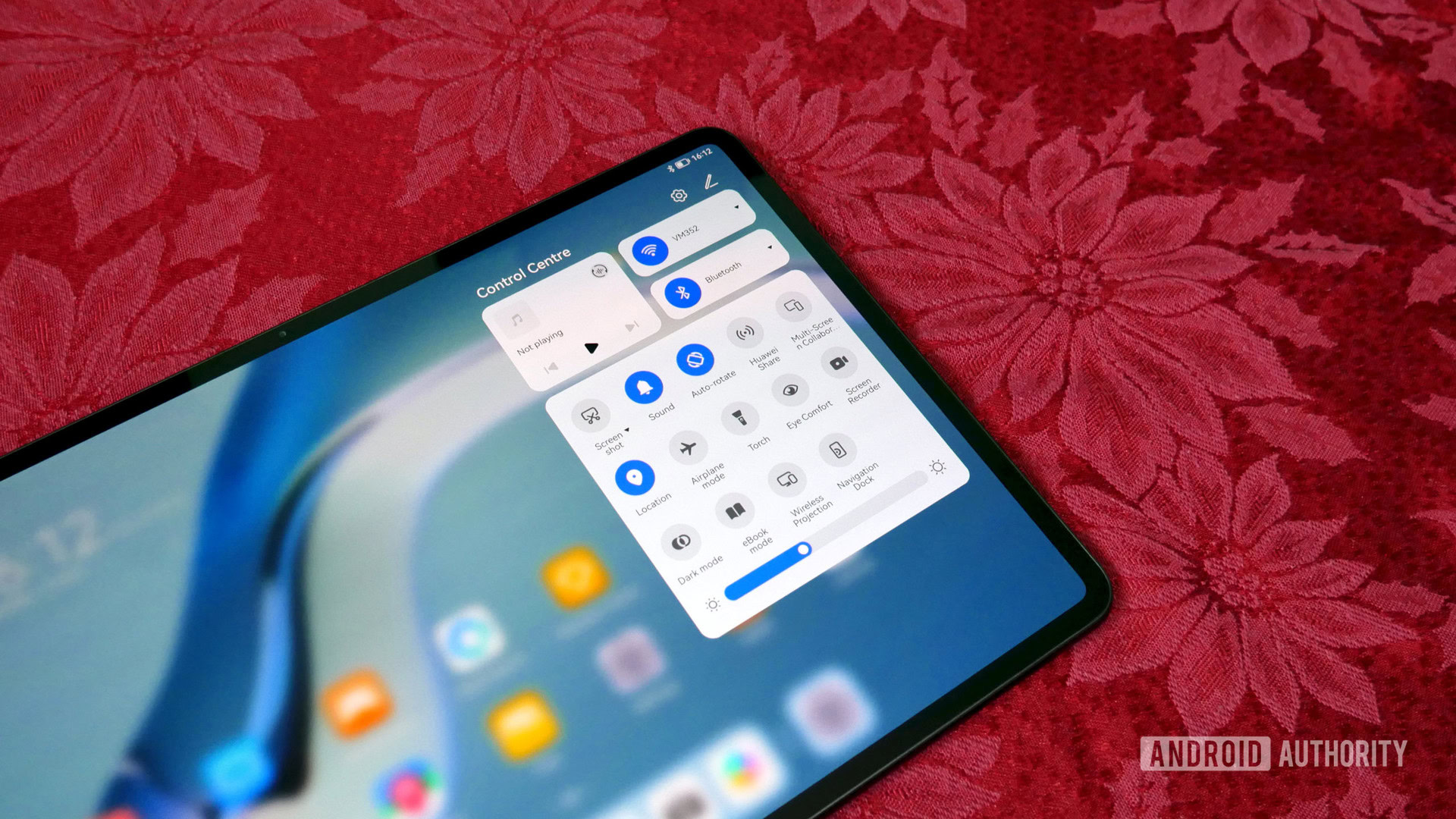
Huawei’s latest official version of Harmony OS is known as Harmony OS 2. However, the third version is on the horizon, fittingly named Harmony OS 3. It’s in the beta testing phase at the moment, but we expect to see HUAWEI take the covers off soon.
In the meantime, Harmony OS 2 brings many of the customizations of Android 12 to the wider HUAWEI audience. It incorporates service widgets, which make alarms, reminders, and music control easier than ever. HUAWEI also has an easier way to access your widgets — simply swipe up from a regular app icon to turn it into a widget. Once you create a widget, you can customize its size and even pin it to your home screen.
Harmony OS 2 also features an updated control panel, which looks and feels a lot like what you get on Android and iOS. It offers quick access to settings like Wi-Fi, Bluetooth, and volume. However, the Harmony OS control panel also adds a Super Device button to manage all of your connected devices right from one place. As part of HUAWEI’s global approach, you can pair your tablet and laptop together in Extend Mode or bust out the HUAWEI Pen to sketch out designs on your touchscreen.
HUAWEI unveiled its Harmony OS 2 in August 2021, along with an extensive roadmap of devices. It’s not every day that an OEM promises an update to 65 or more devices, so there’s a good chance you’ll see Harmony OS 2 sooner or later. Unfortunately, the roadmap is for China-specific devices at the moment, and it’s tough to say when we’ll see the platform expand into Europe or other markets.
How to check your version and look for updates
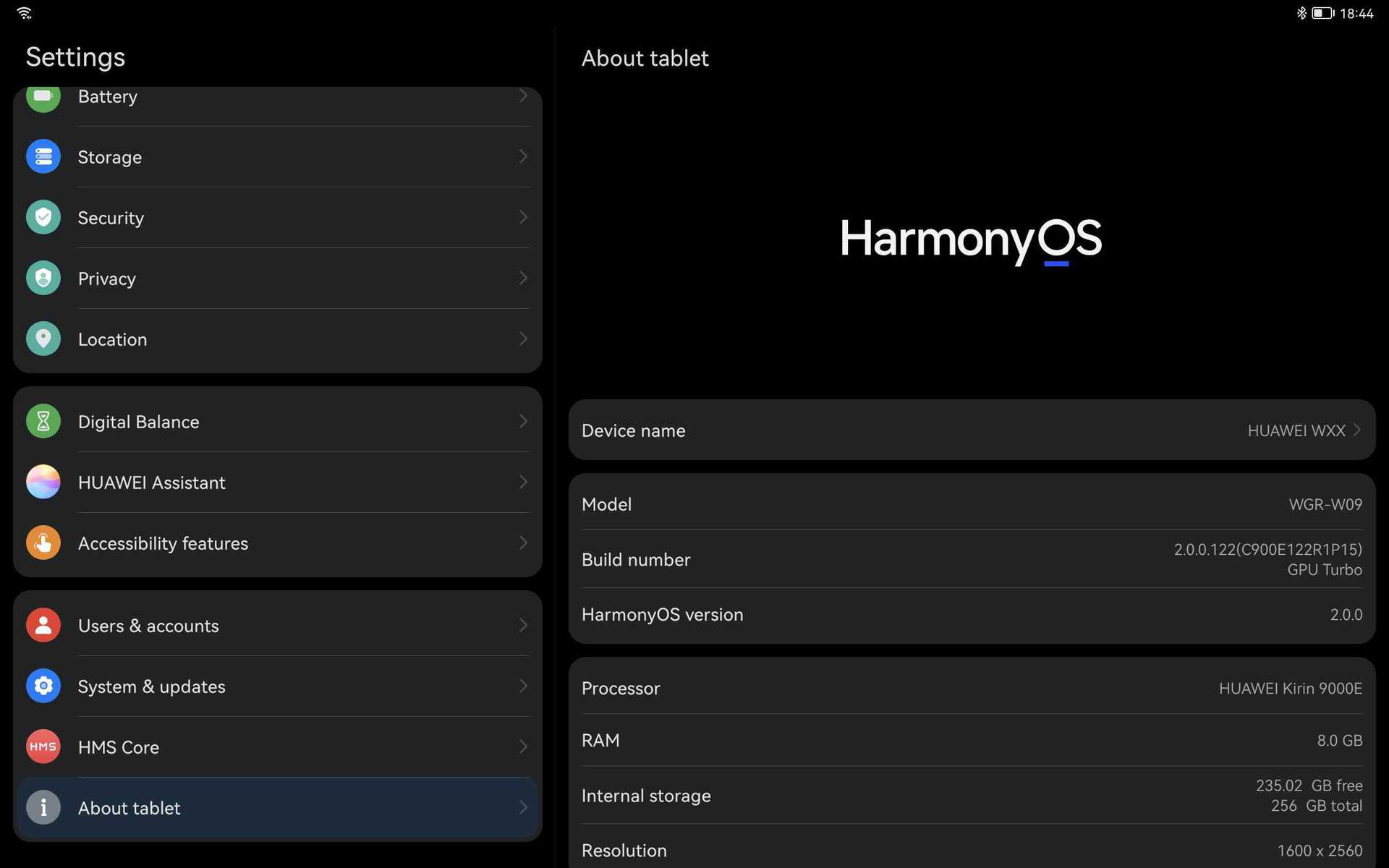
If you’re itching for a chance to try a new version of Harmony OS, the process couldn’t be easier. It’s much like checking for an update on any other Android device, whether it’s a phone or tablet. All you have to do is follow these steps:
- Tap on Settings, then locate the Software update menu.
- The menu will display your current version, as well as available updates.
- If there’s an update available, tap on the New version button.
- Click Download and Install, then Install Now.
- Wait for the download to process and your phone will restart.
If you’re not sure whether or not you have an available update, you can follow the same steps to check for new software. Instead of tapping the New version button, you’ll have to press Check for Updates.
A brief history of Harmony OS
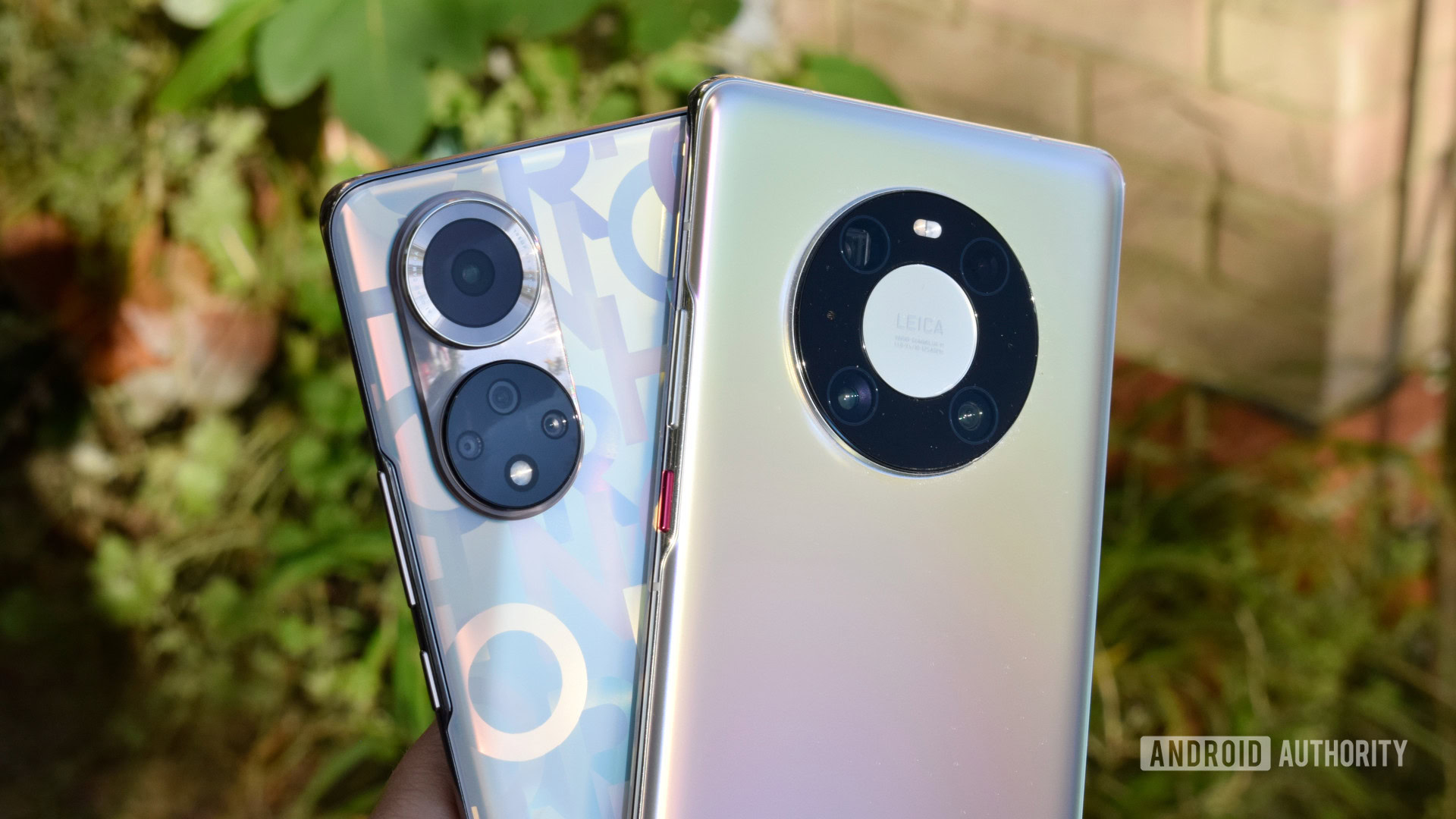
Compared to established operating systems like Android and iOS, Harmony OS is still in its infancy. It was only unveiled in August 2019 as part of HUAWEI’s inaugural developers’ conference. Of course, HUAWEI laid out its lofty goals of a universal operating system right away, announcing support for everything from wearables to VR headsets. HUAWEI executive Richard Yu described the in-house platform as a type of “plan B” in case the company ever lost access to Android as a whole.
However, HUAWEI has also made claims that Harmony OS had been in development for up to 10 years before its launch as an eventual endgame to the company’s software. Either way, the operating system made its debut on HONOR smart TVs in September 2019 before the announcement of Harmony OS 2.0 the following year.
Harmony OS 2.0 arrived in its first beta testing stage in December 2020, though it took about six months to reach a stable update. Devices began to ship with Harmony OS 2 out of the box in June 2021, and HUAWEI’s rollout to older devices began at the same time.
So far, the Harmony OS 2 update has arrived for everything from the HUAWEI Mate 40 series, P50 series, and Mate X2 all the way to the HUAWEI Watch and MatePad Pro.
The top 5 unique features of Harmony OS
While Harmony OS looks and sounds a lot like Android at its heart, there are a few key features to set it apart. These are a few of our favorites:
HUAWEI App Gallery
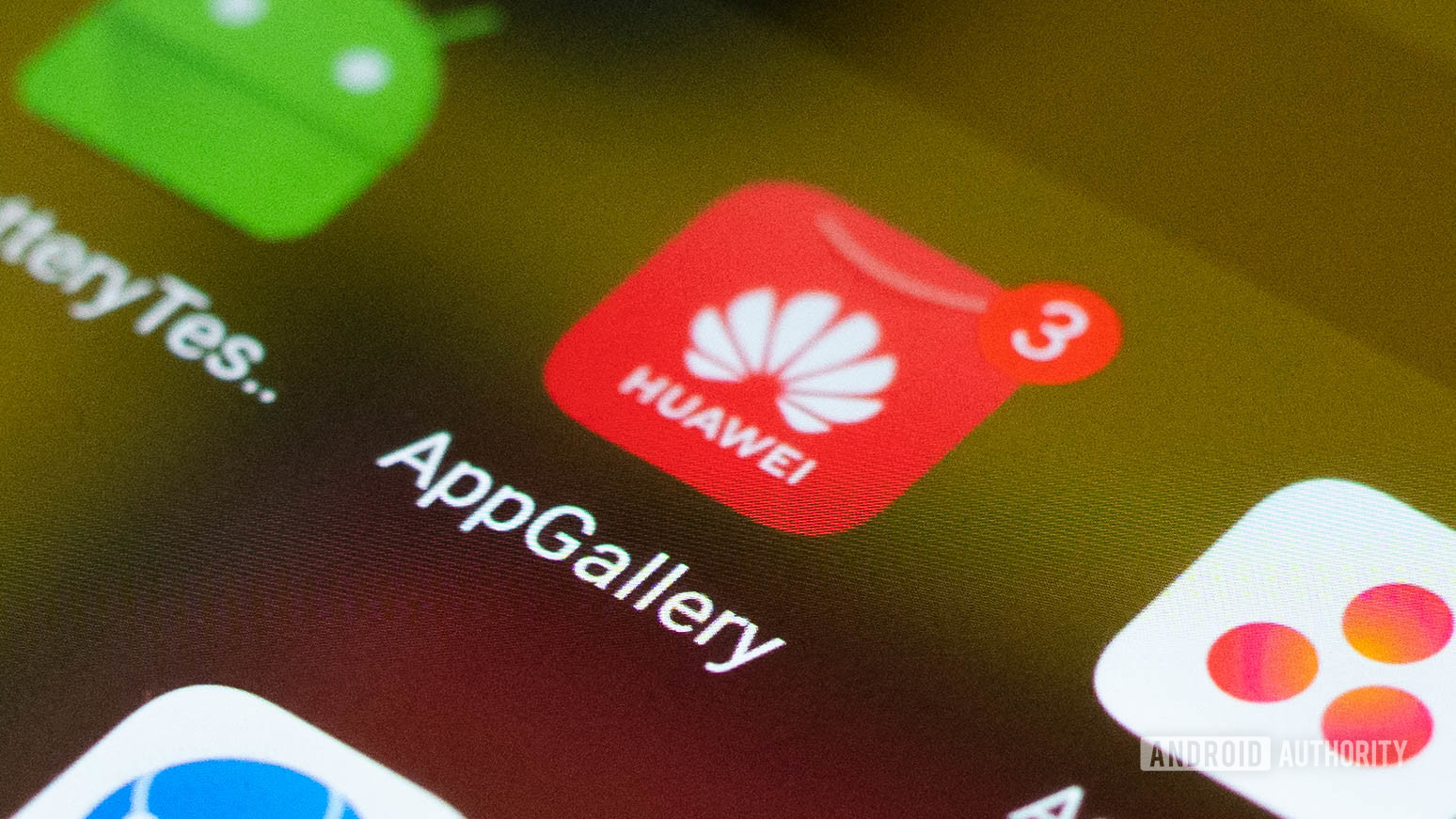
Sorry, but you won’t find the Google Play Store at home on a HUAWEI phone. Instead, you’ll have to adapt to the App Gallery, which offers tons of apps and other options. You won’t find any of Google’s reliable options like Gmail, Drive, or Photos, but the App Gallery is home to Snapchat, TikTok, and Amazon Shopping. It may take some time to find alternatives for your reliable basics, but there’s plenty to explore either way.
Celia voice assistant
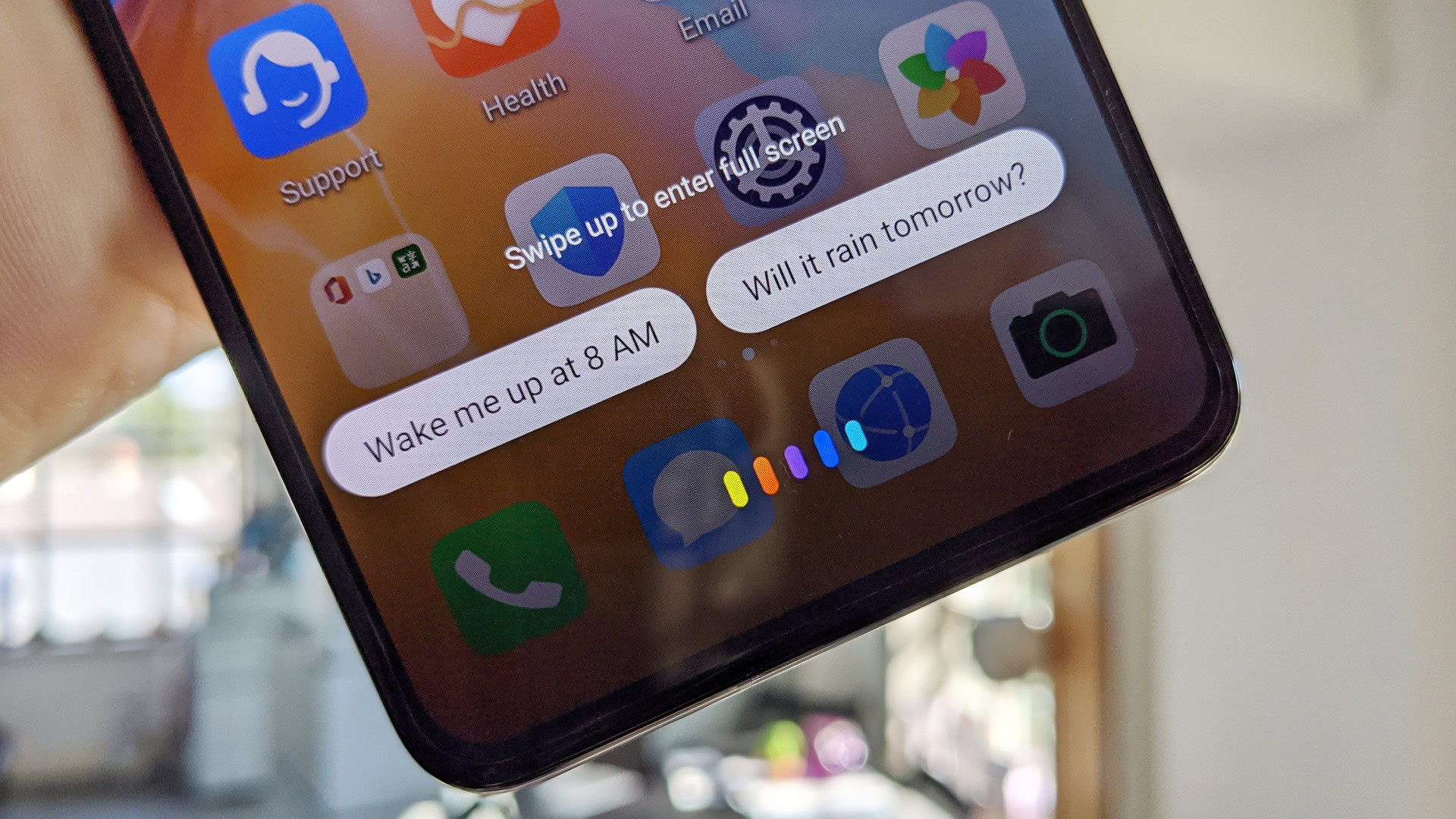
Another change that forced HUAWEI to get creative was the loss of Google Assistant. As you might expect, no Google apps mean no voice assistant, so enter HUAWEI’s Celia. It’s an exclusive voice assistant to HUAWEI phones — you can’t even use it on HUAWEI wearables without a compatible phone. That said, it can still do everything you expect, including set reminders, set alarms, read notifications, and search the internet.
Universal support
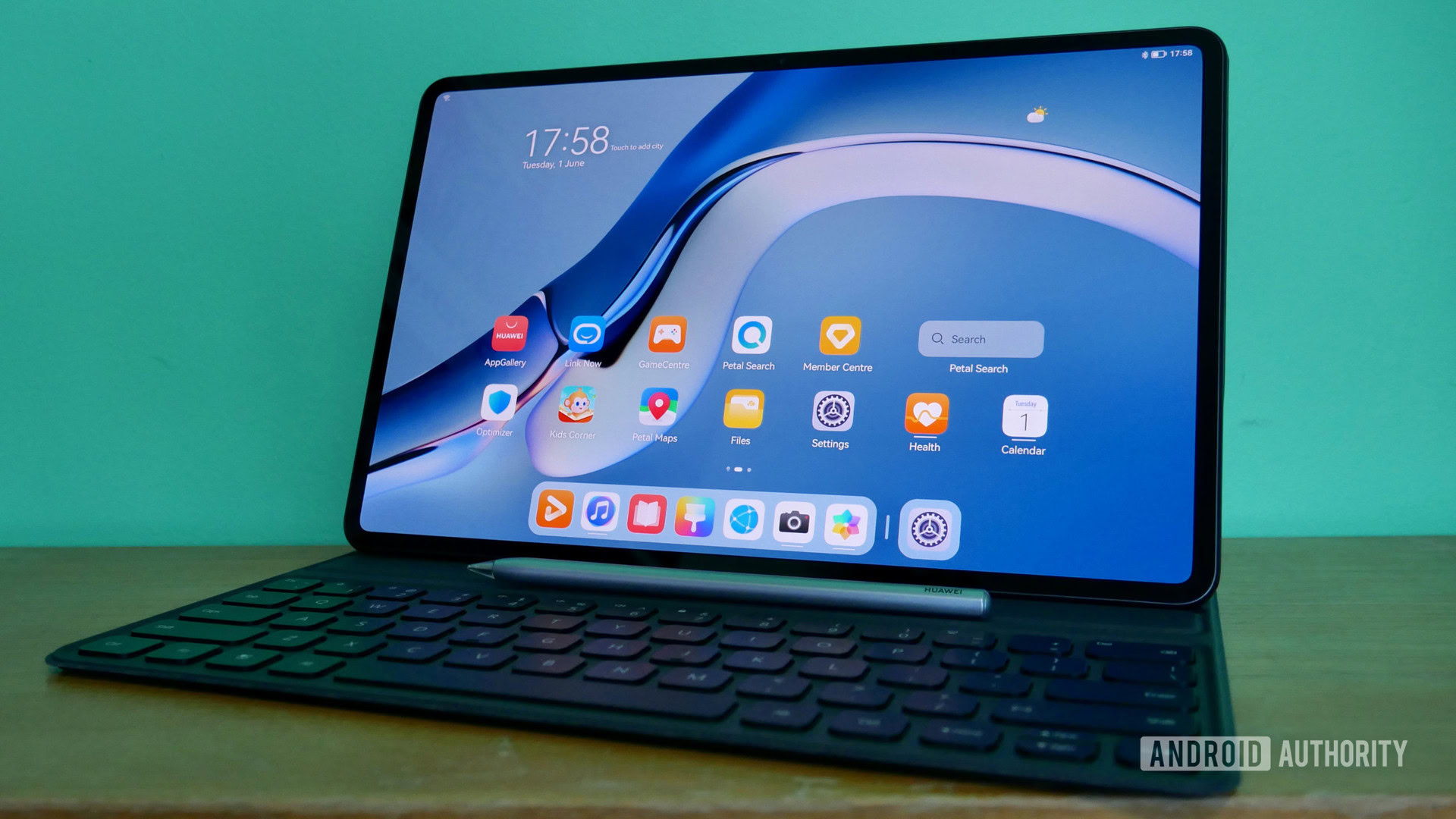
We couldn’t leave the universal support off our list — it’s the whole idea behind Harmony OS. There’s something to be said for building a platform that works where Windows 8 had previously failed. Android and iOS both offer different platforms for their different verticals, yet HUAWEI is about as close as you can get to widespread support on watches, tablets, and TVs too.
Widgets
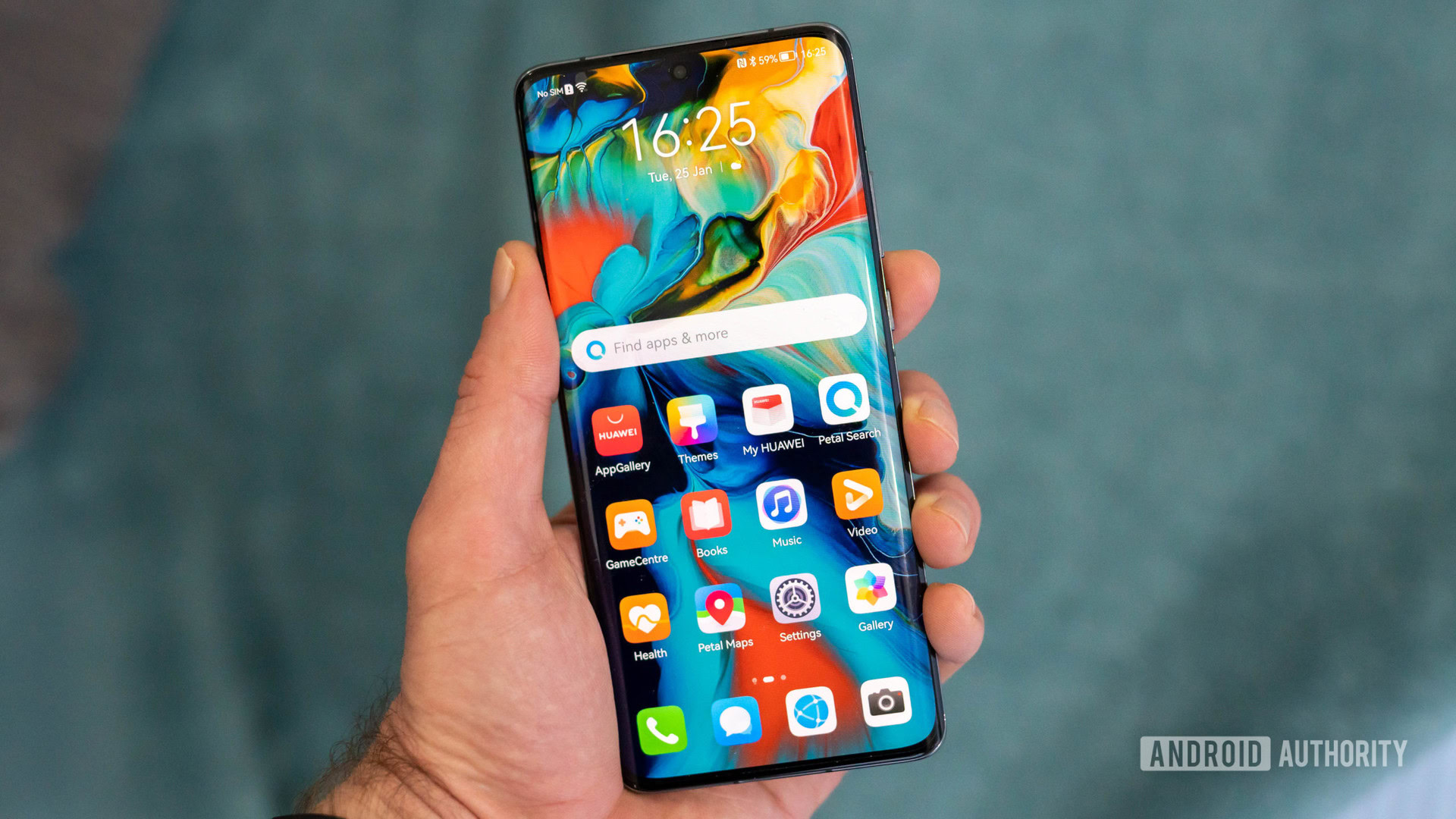
Haven’t you heard? Widgets are big now. Android 12 pushed customization to the forefront, and Harmony OS isn’t far behind. We’ve already mentioned the service widget feature, but HUAWEI’s impressive implementation deserves another mention. Swiping from an existing app icon to turn it into a widget is as easy as can be.
Improved security
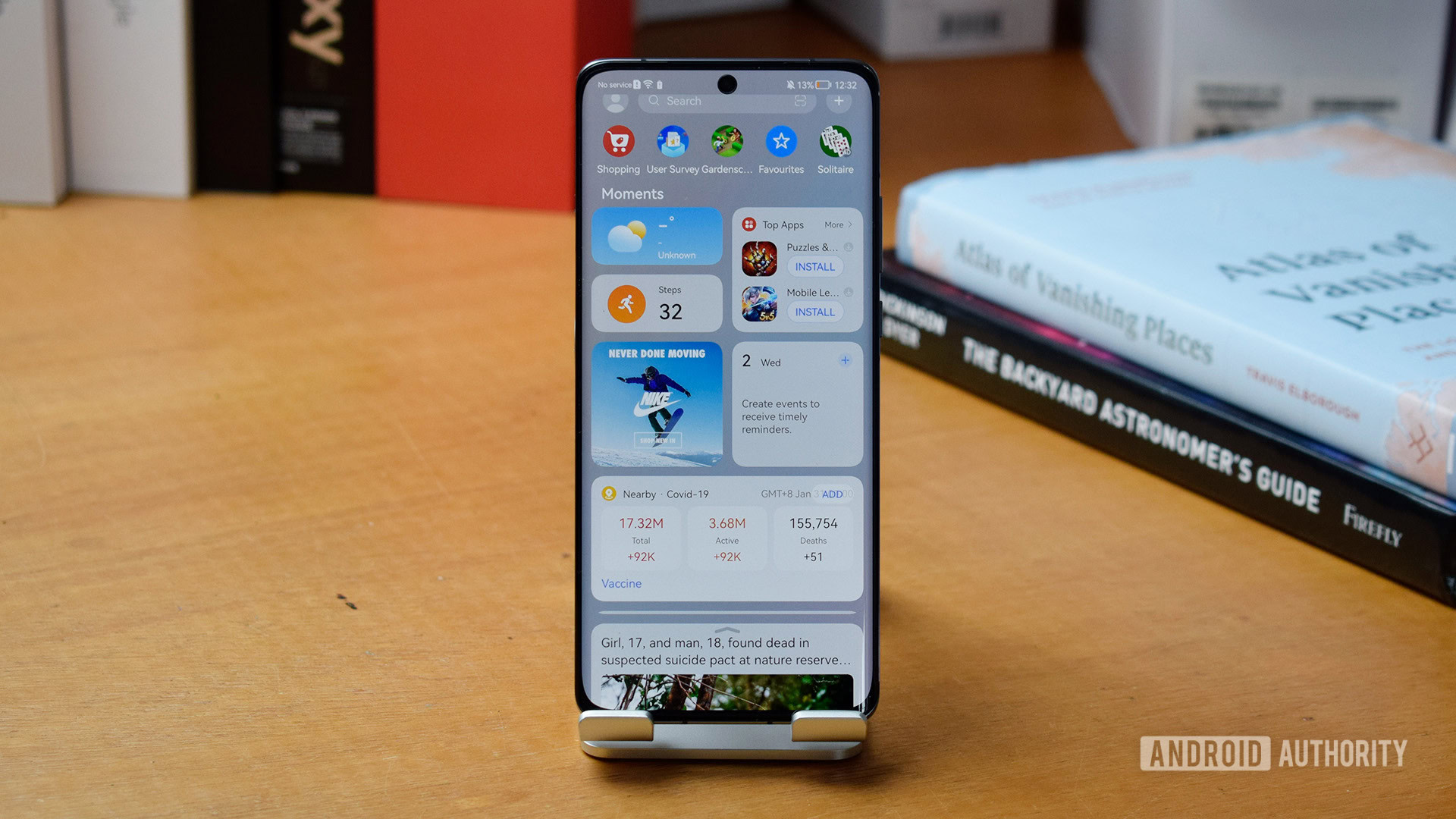
Security is another key to any successful operating system, and Harmony OS seems to have things figured out. You can only connect to other devices with strict security requirements through the Super Device link. The Harmony OS system will also manage the clearances for each connected device, so you’ll only be able to share personal information with the most secure devices. You can also enable Pure Mode on Harmony OS 2, which locks the App Gallery to only include apps that have undergone the strongest testing.
That’s everything there is to know about HUAWEI’s Harmony OS! We’ll be sure to update this guide when Harmony OS 3 arrives or if the platform spreads beyond China.